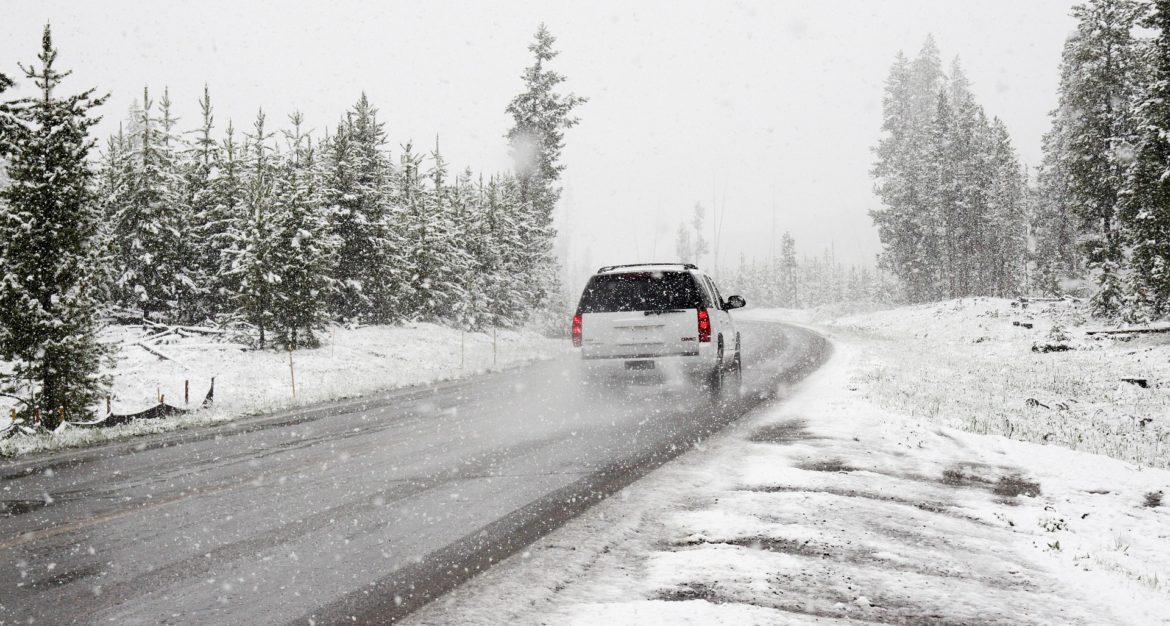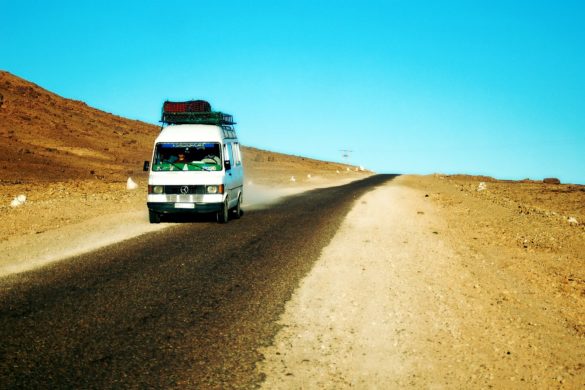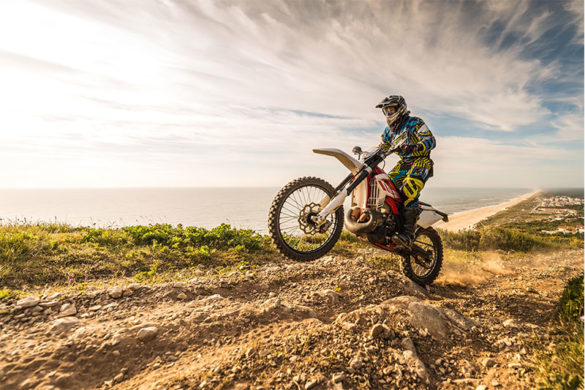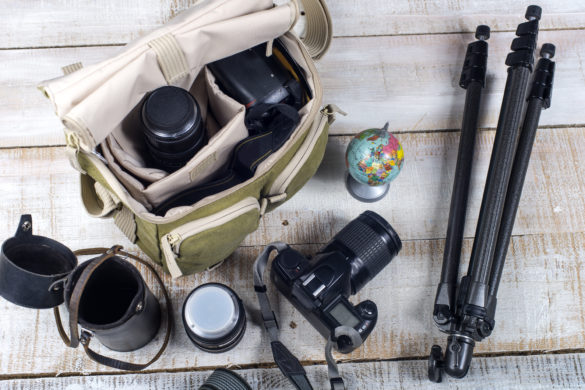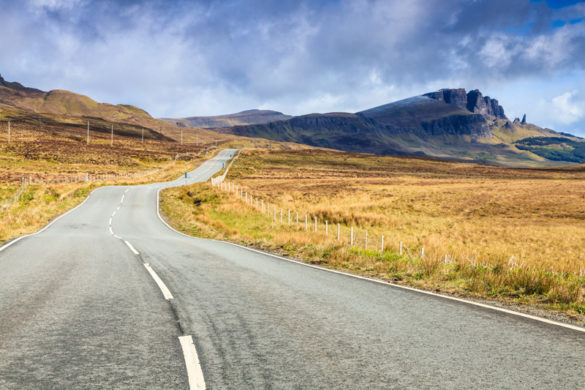If you’re coming to the UK for a holiday, there are likely to be many new customs and things you will need to get used to.
One is bound to be the unpredictable weather – it can be chilly and rainy even in the middle of summer. However, if you’re looking to compare cheap car hire so you can drive during your holiday you may need to get accustomed to driving on the left-hand side of the road.
Unlike Spain, France and numerous other countries, UK motorists drive on the left – rather than the right – so you may find there are several differences to contend with when getting behind the wheel.
If you’re a car hire UK customer, you will find that the driving seat is situated at the right of the vehicle and as such the gearstick, radio and other functions will need to be controlled with the opposite hand than you are normally accustomed to.
And while you might find driving in a car that has been configured to the opposite of what you are used to is at first unsettling, it is important to keep relaxed. If you are overly nervous you may lose concentration, something which you will particularly need when attempting to navigate a roundabout.
Oncoming traffic approaching from the right has the right of way and only when it is clear and safe for you to enter a roundabout can you do so. While some use traffic lights to inform motorists when they can and cannot enter, others do not. Traffic on all roundabouts goes in a clockwise direction, so make sure you do this when entering the junction.
The lane you need to be in depends on what exit you need to take and this should be clearly marked out – either on the road itself or at a signpost when you enter.
As you approach your exit, make sure that you switch on your indicators in good time to let motorists around you know that you are set to make a turn.
As a general rule, the speed limit for built-up areas is 30 miles per hour, although this may vary depending on where you are, for instance if you are near a school.
You should also be aware of some of the terms that UK motorists use. While you may be used to calling the rear storage area of your car the trunk, Britons refer to this as the boot.
And when it comes to finding somewhere to fill up on fuel, you will want to ask where the nearest petrol station – rather than gas station – is.
It is also important to make sure that you do not break parking restrictions. Doing so is likely to result in a fine.
Any areas that are marked with double yellow lines mean that you are strictly forbidden from parking there. Likewise, circular signs that have a cross or diagonal line inside them also mean that you are not allowed to park in that space.
You should also be aware of some of the regulations and rules UK motorists have to follow – it is the law that you have to wear a seatbelt while on road and using a mobile phone while driving is illegal.
Not indicating before making a manoeuvre and being too close to other drivers are some of the poor practices that some road users are guilty of, so make sure that you avoid these.
Driving on the left may at first seem daunting, but with a little time and patience you can soon have an enjoyable car hire experience in the UK!

